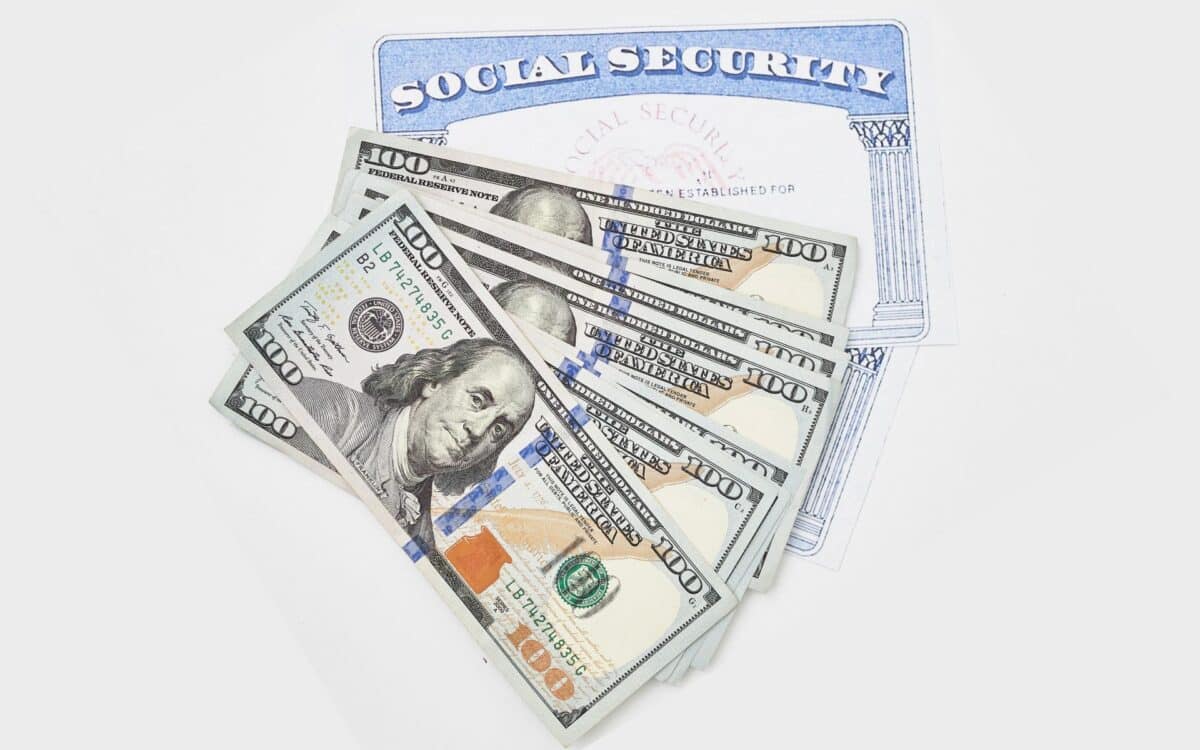Millions of Americans who rely on Supplemental Security Income (SSI) will notice something unusual in their bank accounts this May: a second deposit from Social Security. This occurrence may seem like an unexpected bonus, but it follows long-standing practices set by the Social Security Administration (SSA).
The reason lies in how the payment schedule is structured—when the first of the month falls on a weekend or holiday, benefits are issued on the preceding business day.
According to a recent report by Marca, this advance mechanism ensures that recipients receive their funds on time, without delay or disruption.
Double Deposit Explained: Timing, Not Extra Benefits
SSI payments are generally issued on the first of each month. When that date is a weekend or federal holiday, the SSA moves the payment to the last preceding business day. Since June 1, 2025, falls on a Sunday, the corresponding benefit will be disbursed on Friday, May 30.
This results in two SSI payments in May :
- May 1: Standard benefit for May.
- May 30: Advanced benefit for June.
This early distribution ensures that beneficiaries have access to their funds by the start of each month. Although it may resemble a bonus, the second check is an advance, not an additional benefit.
Three Deposits Possible for Dual Beneficiaries
Individuals receiving both SSI and Social Security retirement or disability benefits may see three payments in May. In addition to the two SSI deposits (May 1 and May 30), their regular Social Security retirement benefit will be paid according to their date of birth:
- May 14: For those born between the 1st and 10th.
- May 21: For those born between the 11th and 20th.
- May 28: For those born after the 20th.
These dates reflect the exact deposit schedule of monthly Social Security retirement benefits, as structured by the SSA.
Beneficiaries who began collecting Social Security benefits before May 1997 will receive their main retirement benefit on May 3, in addition to the two SSI checks.
2025’s Early SSI Schedule in Full
Throughout 2025, the SSA has scheduled four instances where SSI payments will be made in advance, due to calendar alignment. The revised schedule includes:
- May 30: June’s benefit
- August 29: September’s benefit
- October 31: November’s benefit
- December 31: January 2026’s benefit
As a result, no SSI payments will be issued in June, September, November, or January, since those months’ benefits will have been prepaid.
This cycle can create temporary increases in bank balances, followed by months with no payment, which may be misinterpreted by recipients unfamiliar with the SSA’s schedule.
No Action Required Unless Payment Is Unexpected
Payments are made via direct deposit or to a Direct Express card, based on the recipient’s chosen method. No special procedures are required to receive these early deposits.
If a second payment appears unexpectedly and is not part of the published schedule, beneficiaries should contact the Social Security Administration immediately.
The SSI program supports low-income individuals who are 65 or older, blind, or living with a qualifying disability. Some children may also qualify under specific conditions. Adults with monthly earned income exceeding $2,019 typically do not qualify, based on current SSA eligibility standards.
This threshold applies to earned income, which distinguishes wages and salaries from other income sources such as pensions or gifts.
Early Payments Are Not Bonuses
Although May may show two (or even three) Social Security-related deposits, the SSA is not issuing extra funds. These are scheduled advancements designed to ensure timely availability of benefits. Understanding the SSA’s payment calendar can help avoid confusion and assist in better financial planning.
For verified updates and future payment schedules, recipients can consult the official SSA website or a certified Social Security advisor.









